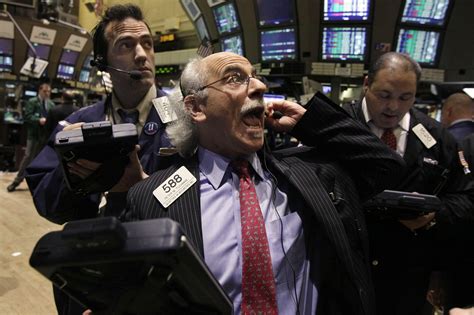“On April 2, in the Rose Garden of the White House, President Donald Trump announced taxes on almost every kind of imported finished goods.”
Once upon a time, or rather just a few years ago, there was a great commotion in the financial realm. The news spread like wildfire across Wall Street and beyond. It all started with a single declaration from the most powerful man in the country.
In an unexpected turn of events on that fateful day in April, President Donald Trump took to the podium at the White House’s Rose Garden. With determination etched on his face, he proclaimed new tariffs on a wide array of imported goods. The announcement sent shockwaves through global markets, triggering a chain reaction that no one could have foreseen.
As word of the tariffs spread like wildfire through trading floors and news outlets, chaos ensued. Stocks tumbled as investors scrambled to adjust their portfolios. The once vibrant market landscape quickly turned into a battlefield of uncertainty and fear.
Market analysts Rob Armstrong and Aiden Reiter wasted no time diving into the implications of this seismic shift in trade policy. On their show, they dissected how these tariffs would impact American businesses’ bottom line. Their discussions painted a grim picture for companies already grappling with economic challenges.
“Markets plunged as traders fled equities, and even the dollar weakened.”
The repercussions were swift and severe – stocks plummeted, traders abandoned equities en masse, and even the mighty dollar faltered in its strength. It seemed as though confidence had evaporated overnight, replaced by an air of apprehension that hung heavy over financial hubs worldwide.
Amidst this turmoil, one thing became abundantly clear: American companies faced an uphill battle ahead. With higher taxes on imports looming large, their profit margins stood to shrink significantly. The ripple effects would be felt not just within boardrooms but also on Main Street where consumers would ultimately bear the burden of these levies.
Experts warned that these tariffs could spell trouble for businesses reliant on foreign goods for manufacturing or retail purposes. Supply chains intricately woven across borders now faced disruption and added costs—a double whammy for enterprises already navigating choppy economic waters.
As days turned into weeks and weeks into months, the full extent of these tariffs began to unravel. Reports surfaced of job cuts, price hikes on consumer goods, and overall strain on corporate balance sheets. The once unshakeable foundation of America’s economy now quivered under the weight of protectionist policies.
“They will make it harder for American companies to make money.”
In hindsight, it became evident that while tariffs may have been intended to bolster domestic industries, their unintended consequences reverberated far beyond initial projections. What seemed like a strategic move at first glance morphed into a complex web entangling businesses both big and small.
The saga continued to unfold with each passing day as market volatility became the new normalcy—traders bracing themselves for any hint of policy shifts or trade rhetoric from Washington D.C. Uncertainty loomed large like a dark cloud over financial forecasts; optimism gave way to caution as investors treaded carefully amidst unpredictable terrain.
Through it all, lessons emerged—lessons about interconnectedness in an increasingly globalized world; lessons about resilience amid adversity; lessons about adaptation in times of turbulence. As markets weathered storms brought by tariffs and trade wars alike, one thing remained certain: change was inevitable but how we navigated it defined our collective future.
And so concludes our tale—a tale not just about tariffs or markets but about resilience forged in uncertain times; about fortitude tested against economic upheavals; about hope shining through clouds of doubt. In this ever-evolving narrative of global commerce, one thing rang true—the only constant was change itself.

